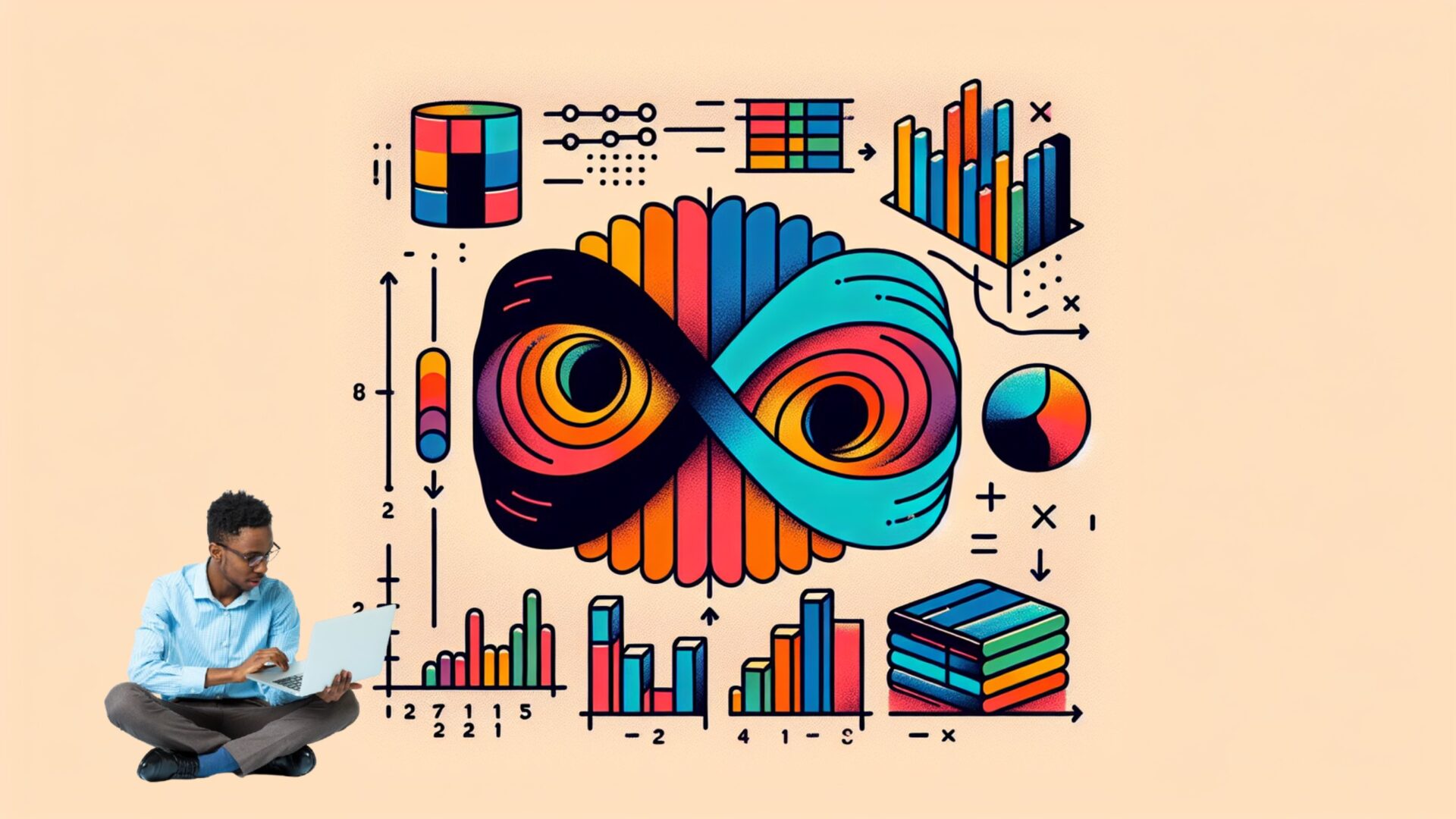What is Superposition? Superposition is a fundamental principle of quantum mechanics that allows a quantum system to exist in multiple states simultaneously until it is measured. This concept is counterintuitive and challenges our classical understanding of how objects behave.
To grasp this concept, we often refer to the famous experiment conducted by English physicist Thomas Young in 1801, known as Young’s double-slit experiment. Initially designed to demonstrate the wave nature of light, this experiment has since become a cornerstone for illustrating the wave-particle duality of electrons and other quantum particles.
Young’s Double-Slit Experiment: In the double-slit experiment, a beam of light is directed at a barrier with two vertical slits. The light passing through the slits creates a pattern on a photographic plate placed behind the barrier. When only one slit is open, the resulting pattern on the plate is a single line of light corresponding to the open slit.
However, when both slits are open, the expected result would be two lines of light aligning with the slits. Contrary to this intuition, the photographic plate reveals a series of light and dark bands, known as an interference pattern. This pattern indicates that the light waves passing through the two slits interfere with each other, creating regions of constructive (bright bands) and destructive (dark bands) interference.
Interference and Superposition: The interference pattern suggests that each photon (or quantum particle) traverses both slits simultaneously and interferes with itself, taking every possible path to the photographic plate. This phenomenon is a direct consequence of superposition, where a particle exists in multiple states at once.
Further experiments tracking individual photons showed that any attempt to measure the photon’s path disrupts the superposition state. When the photon’s path is measured, the interference pattern collapses, and the result aligns with classical expectations: two bright lines corresponding to the slits. This observation implies that superposition is inherently unobservable; we can only infer its presence through the interference patterns it creates.
Implications for Quantum Computing: In classical computing, information is processed using bits, which can be in one of two states: 0 or 1. Quantum computing, however, leverages superposition to process information using qubits. A qubit can represent 0, 1, or both simultaneously, enabling quantum computers to perform complex calculations at unprecedented speeds.
Superposition allows quantum computers to handle vast amounts of data and solve problems that are intractable for classical computers. This capability opens new frontiers in cryptography, optimization, material science, and artificial intelligence.
Conclusion: Superposition is a core concept of quantum mechanics that defies classical intuition by allowing particles to exist in multiple states at once. Through experiments like the double-slit experiment, we gain insight into the mysterious and powerful nature of quantum phenomena. As quantum computing continues to evolve, the principles of superposition will play a crucial role in revolutionizing the way we process and store information.












